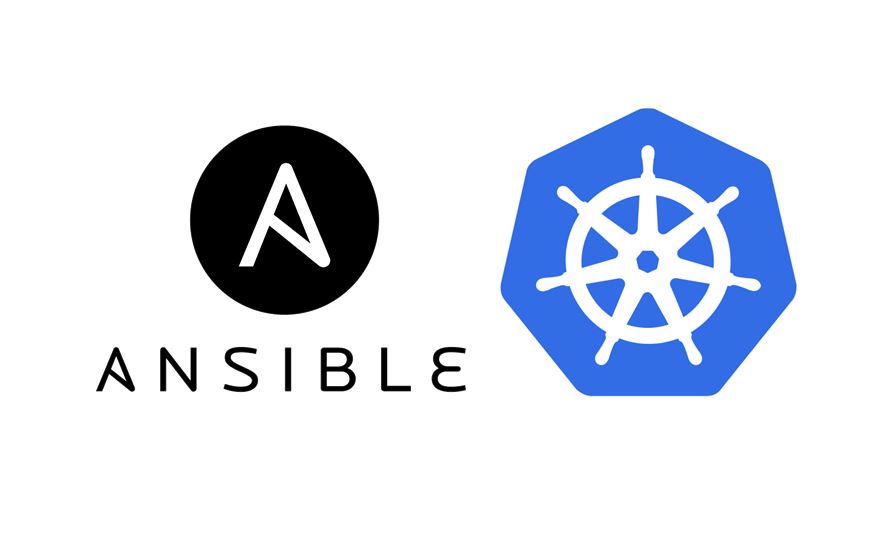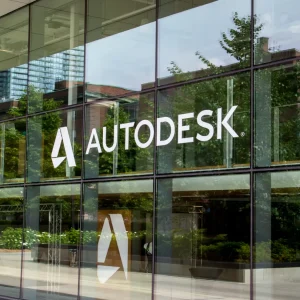
DevOps and cloud are two of the most hyped terms in modern tech. And while both are having a very real impact on the way software is built and managed, it’s easy to forget what tools are powering both trends. It’s only when you look deeper into the respective toolchains used by engineers and developers working in those fields that it starts to feel more real. They become things you do, and things you build, rather than just words you discuss.
Packt’s Skill Up 2017 survey found that DevOps and cloud engineers currently favour Python, Git, Docker and AWS. This probably isn’t unexpected. What was interesting were the tools these groups said they were planning on learning in the next 12 months – Ansible and Kubernetes. Both these tools fit comfortably within the toolchains that Packt seems to have identified, so perhaps we shouldn’t be that surprised that these are the tools on DevOps engineers’ and cloud engineers’ collective radar.
What it does signal though is that the key trends that have been discussed across tech and business for the last few years – like DevOps and cloud, but containers and microservices too, are here to stay. Engineers are looking for tools that can help them build better workflows, develop cleaner, more adaptable software architectures, with greater ease. Control and efficiency are clearly the order of the day.
But what is Ansible? And what what’s so great about Kubernetes? Let’s take a closer look at these two essential tools.
Ansible
What is it?
An open source automation engine.
What can it help with?
Ansible can automate a number of key tasks, such as cloud provisioning, configuration management, and application deployment.
What are the benefits?
- Simplicity: Ansible’s creator, Michael DeHaan, wanted Ansible to not only be easy to learn how to use, but also easy to remember how to use, so he created YAML. YAML is a data serialization language which can easily be read by humans, and aims to remove the complexity of learning an intricate new programming language.
- Agentless: Automation tools, such as Puppet or Chef, require users to install an agent on every system they wise to manage. Ansible has been created to be agentless so users don’t have to go through this process. Ansible simply requires systems to have Python or PowerShell and SSH installed.
- Speed: The whole point of automation is to save time, and if an automation tool is effective, this goal will be achieved. Ansible is not only quick to learn but quick to set up, due to the fact that users don’t have to install agents on all servers.
Kubernetes
What is it?
An open-source system, developed by Google, to manage containerised applications.
What can it help with?
Kubernetes is built for automating deployment, scaling, and management of containerized applications.
What are the benefits?
- Support: Large infrastructures often have thousands of applications that need to be managed. Kubernetes can support a vast number of applications, without compromising on their performance.
- Low maintenance: If properly set up and configured, Kubernetes will need little human intervention, meaning less downtime and more time spent on other key business tasks.
- Scalability: The team behind Kubernetes claim the tool can you’re your business scale up without scaling up in terms of hiring, thus saving the time and money spent on recruitment.
Why automation?
Ansible and Kubernetes are changing the face of automation. They’re making it something that is essential, not purely an optional advantage. Without automation, businesses are spending time and energy on development resources that can disappear – this means they’re not spending time on business-critical tasks, from small optimizations, to large scale infrastructure migration that’s going to future-proof their digital and technical strategy. As an engineer, being able to leverage these tools in your toolchain is going to deliver real and visible value very quickly.








